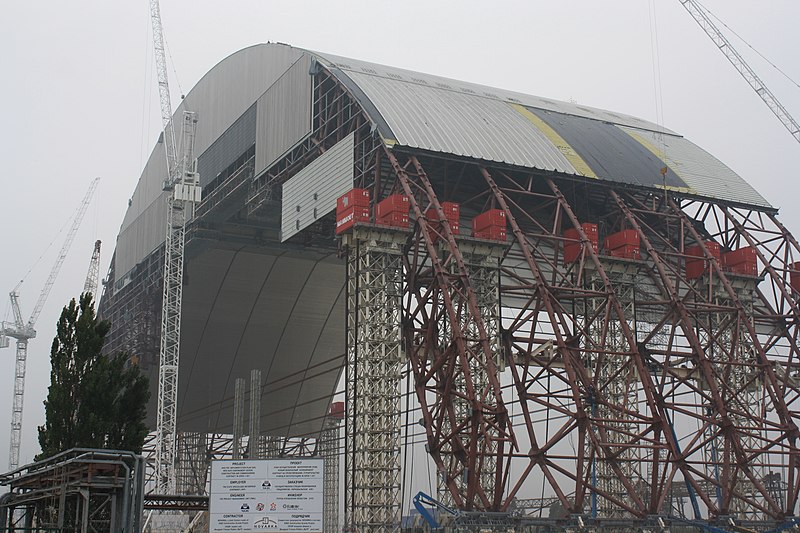Born in Moscow in 1933, Andrei Voznesensky is celebrated as “one of the most daring and popular poets of the Soviet era.” [1] While he graduated from the Moscow Architectural Institute, he abandoned his short-lived architectural career in order to work as a poet. That being said, his architectural training significantly influenced the structure of his poetry, including his famous “Videoms,” in which words are arranged visually to compose geometric shapes. [2] The centrality of structure and visuality to the reading experience is also fundamental in this poem. All indentations and line breaks reflect the form in which it was originally published.
Although his work cannot be distilled or reduced to a single literary movement, futurism significantly influenced his poetry. His work has been compared to that of Pablo Neruda, Vladimir Mayakovsky, and Boris Pasternak. [3]
While Voznesensky's poetry was censored by the Soviet press and publicly admonished by Khrushchev, he was still able to perform his work publicly [4]. He carefully navigated his position within the Soviet literary scene so as to maximize his opportunities for public expression. He is known for his performance The Poet and the Theater, which was held at the Taganka theater in 1965 and actively involved actors in the process of reading poetry from his book Antiworlds. [5] As the recipient of the 1978 Soviet State Prize, he had the opportunity to share his poetry across the world, including in the United States, which enabled him to befriend prominent politicians, artists, philosophers, and activists, such as Pablo Picasso, Robert Kennedy, and Jean-Paul Sartre. [3] He died on June 1, 2010.
 <script async src="//embedr.flickr.com/assets/client-code.js" charset="utf-8"></script>
<script async src="//embedr.flickr.com/assets/client-code.js" charset="utf-8"></script>
Voznesensky’s poem Думы о Чернобыле [Thoughts on Chernobyl] was published shortly after the Chernobyl nuclear disaster in Pravda, the official newspaper of the Soviet Union's Communist party, on June 3rd, 1986. In a LA Times interview, Voznesensky referred to the publication of this poem as illustrative of changing attitudes towards public-facing criticism in the Soviet Union:
“One year ago, it was impossible to even think these things. Maybe not arrested, but terrible time. Even now, I know the magazine director was brave guy. He didn’t even ask authorities. So it’s changing. I don’t know personally Gorbachev, but I think somebody around him read this poem and said, ‘It’s OK.’” [6]
Note: The image in the background of this project features the first page of this issue of Pravda.
Sources:
[1] Cheuse, Alan. “Remembering Poet Andrei Voznesensky.” NPR, 10 June 2010, https://www.npr.org/templates/story/story.php?storyId=127411139.
[2] "Andreĭ Voznesenskiĭ." Kul'tura.RF, https://www.culture.ru/persons/9345/andrei-voznesenskii.
[3] Polukhina, Valentina. “Andrei Voznesensky Obituary.” The Guardian, 3 June 2010, https://www.theguardian.com/books/2010/jun/03/andrei-voznesensky-obituary.
[4] Williamson, Marcus. "Andrei Voznesensky: Poet Who Fought Against Artistic Censorship in the Soviet Union." The Independent, 5 July 2010, https://www.independent.co.uk/news/obituaries/andrei-voznesensky-poet-who-fought-against-artistic-censorship-in-the-soviet-union-2018291.html.
[5] Beumers, Birgit. Yuri Lyubimov at the Taganka Theatre: 1964-1994. Taylor and Francis, 2003.
[6] Roraback, Dick. “Outspoken Soviet Poet Makes Waves in East and West.” Los Angeles Times, 8 April 1987, https://www.latimes.com/archives/la-xpm-1987-04-08-vw-23-story.html.
Image Credit:
"Andrei Voznesensky" by rdesign812 is licensed under CC BY-NC-ND 2.0. The image has not been modified in any way and falls under fair use.







